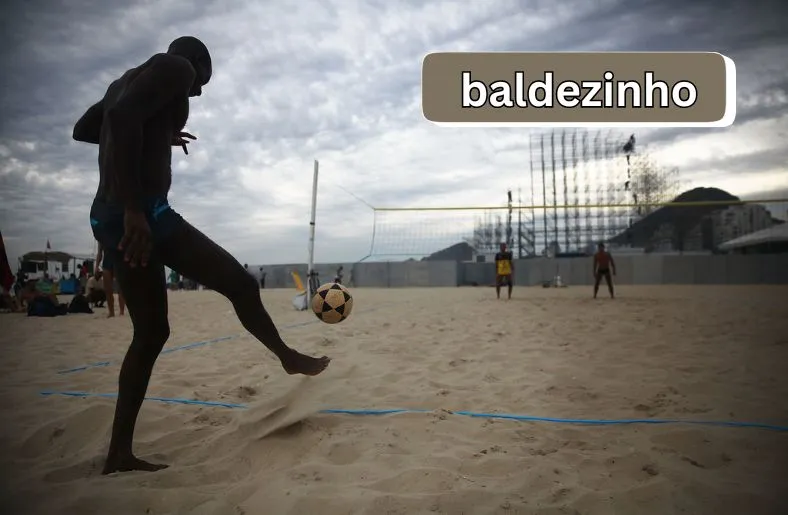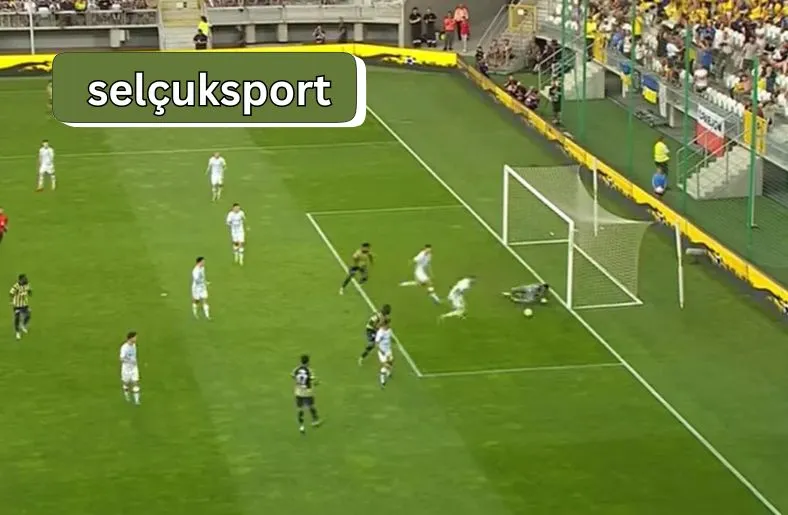Introduction
In the vibrant streets of Brazil, a unique sporting art known as Baldezinho has captured the hearts of communities worldwide. This energetic fusion of dance and soccer brings joy to participants and spectators alike. Unlike traditional sports, Baldezinho transforms everyday moments into colorful celebrations of creativity and athleticism.
Originating from the lively streets of Rio de Janeiro, Baldezinho has evolved from a local pastime to a cherished cultural phenomenon. It blends rhythmic dance moves with soccer skills, creating a dynamic and engaging experience for players of all ages. This art form not only showcases Brazil’s rich cultural heritage but also promotes community spirit and physical activity.
As we delve into the essence of Baldezinho, we uncover its deep-rooted cultural significance and its journey to becoming a global sensation. Join us on a journey to explore how this unique blend of artistry and athleticism has transcended borders and continues to inspire people around the world.
Historical Roots of Baldezinho
Baldezinho traces its origins to the colorful streets of Brazil, where it emerged as a blend of dance and soccer. This unique sporting art began as a form of creative expression among youth in Rio de Janeiro. It was born out of a passion for both soccer and dance, combining rhythmic movements with athletic prowess.
Initially a local pastime, Baldezinho quickly gained popularity, spreading across communities and evolving into organized games. It started as an informal activity, played in improvised spaces marked with chalk or paint on urban streets. Over time, it became a structured sport with rules and competitions, reflecting its growing influence and appeal.
The name “Baldezinho” itself reflects the playful and vibrant nature of the sport, derived from Portuguese influences that emphasize joy and spontaneity. As it gained momentum, Baldezinho became synonymous with Brazilian culture, embodying the country’s love for music, dance, and outdoor activities.
Historically, Baldezinho has deep roots in Brazilian traditions like Carnival, where music, dance, and elaborate costumes converge in festive celebrations. This cultural backdrop infused Baldezinho with its lively spirit and festive atmosphere, making it more than just a game but a cultural expression of community and creativity.
Today, Baldezinho continues to thrive not only in Brazil but also globally, captivating audiences with its dynamic blend of artistry and athleticism. Its historical journey from street pastime to recognized cultural art form highlights its enduring appeal and significance in Brazilian society and beyond.
Key Elements and Rules of Baldezinho
Baldezinho, a unique sporting art originating from Brazil, blends elements of dance and soccer into a lively and creative game. Played on improvised urban fields marked with chalk or paint, it requires agility and teamwork.
Players, often dressed in vibrant attire, move to the rhythm of music while kicking a small ball towards makeshift goals. The game emphasizes footwork and quick reflexes, allowing participants to showcase their athleticism and artistic flair.
Unlike traditional soccer, Baldezinho permits the use of any body part except the hands to control the ball. This rule encourages imaginative play and fosters a dynamic exchange of skills among players.
Teams compete in friendly matches or organized tournaments, where creativity and sportsmanship are equally celebrated. The game’s informal origins have evolved into structured leagues, attracting participants of all ages and skill levels.
Baldezinho’s name reflects its joyful essence, with “Balde” symbolizing the bucket-like goals and “zinho” conveying a sense of playfulness and camaraderie. Its popularity extends beyond Brazil, captivating audiences worldwide with its festive and inclusive atmosphere.
Cultural Significance of Baldezinho
Baldezinho holds a special place in Brazilian culture as more than just a game. It serves as a vibrant expression of community spirit and creativity, blending elements of dance, music, and sport.
Originating in the colorful streets of Brazil, Baldezinho embodies the country’s rich cultural diversity. It intertwines traditional rhythms with modern athletic prowess, creating a dynamic spectacle that resonates with spectators and participants alike.
At its core, Baldezinho fosters a sense of unity and belonging within communities. It’s not just about competition; it’s about celebrating life and cultural heritage through joyful movement and artistic expression.
The game’s informal nature allows for improvisation and individual flair, reflecting the Brazilian ethos of spontaneity and passion. It encourages participants to embrace their cultural identity while embracing new forms of artistic and athletic expression.
Through Baldezinho, participants learn about teamwork, respect, and the value of cultural traditions. It promotes inclusivity, welcoming people of all ages and backgrounds to join in the festivities and share in the joy of play.
Baldezinho’s Influence on Modern Arts
Baldezinho has transcended its roots as a street sport to become a profound influence on contemporary arts. It has inspired music compositions, dance performances, and visual art pieces that reflect its energetic spirit.
In music, Baldezinho’s rhythmic beats and lively melodies have infused traditional genres with a modern twist. Musicians incorporate its syncopated rhythms into compositions, creating a dynamic fusion of old and new.
Dancers draw inspiration from Baldezinho’s fluid movements and expressive gestures. They incorporate its dance elements into choreographies that captivate audiences with their athleticism and grace.
Visual artists find inspiration in Baldezinho’s vibrant colors and dynamic energy. Graffiti artists, muralists, and sculptors depict its essence in urban landscapes, turning streets into open-air galleries.
Baldezinho’s influence extends beyond Brazil, influencing global art movements that celebrate cultural diversity and artistic innovation. It serves as a bridge between traditional craftsmanship and contemporary creativity.
Health and Social Benefits of Playing Baldezinho
Playing Baldezinho offers numerous benefits for both physical health and social interaction. The fast-paced nature of the sport provides a full-body workout, enhancing muscle strength and cardiovascular fitness.
Participants improve their coordination, agility, and reflexes through Baldezinho’s dynamic movements and quick decision-making. It encourages physical activity in a fun and engaging way, promoting overall well-being.
Socially, Baldezinho fosters a sense of community and camaraderie. Players collaborate, communicate, and strategize together, building teamwork skills and forming strong bonds.
Engaging in Baldezinho events and tournaments creates opportunities for people of all ages to come together, share experiences, and celebrate cultural diversity. It promotes inclusivity and unity within communities.
The sport’s energetic and lively atmosphere boosts mood and reduces stress, offering mental health benefits. It provides a creative outlet for self-expression and personal achievement, boosting confidence and morale.
Conclusion
Baldezinho, born from the vibrant streets of Brazil, stands as a testament to the country’s rich cultural tapestry. Evolving from a local pastime into a global phenomenon, it blends dance and soccer with infectious energy and creativity. This unique sporting art not only showcases Brazil’s love for music, dance, and community but also fosters physical fitness, social cohesion, and artistic expression. As Baldezinho continues to captivate audiences worldwide, it remains a dynamic celebration of cultural diversity and joyous play, inspiring both participants and spectators to embrace the spirit of unity and passion it embodies.





